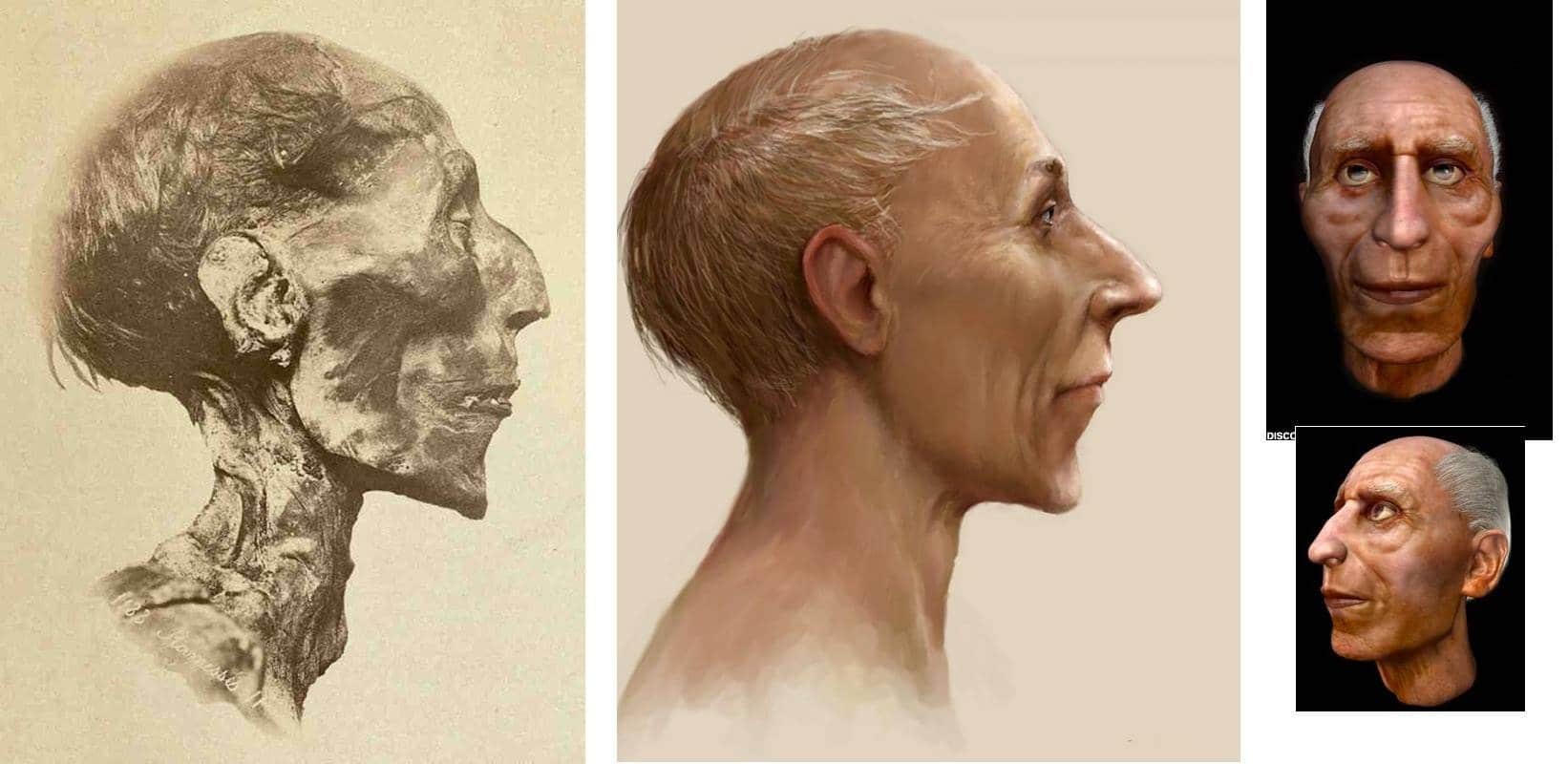Ramses the great biography
-
Born into greatness 1303 BCE
Ramesses II didn’t come from royal blood – his grandfather Ramesses I was a military hero who won the favour of the heiress Horemheb – but his birth coincided with Egypt’s rise to increased military and political power.
-
The boy who would be king 1300 BCE
Ramesses II was a young boy when his father Seti I became pharaoh.
Inside Seti I’s impressive temple at Abdju, a colourful wall relief depicts the young Prince Ramesses holding a scroll upon which is written an unbroken royal lineage dating back to Menes, the first pharaoh who united Upper and Lower Egypt into a single kingdom.
Egyptologists argue that Ramesses was likely only one of several possible successors to the throne, but the official history claims it as his sole birthright.
-
Child-in-chief 1299 BCE
At only ten years old, Ramesses was appointed as commander-in-chief of the army.
Four years later, he accompanied Seti on several military campaigns in Libya and Palestine.
-
Co-regent 1283 BCE
Ramesses was officially named co-ruler of Egypt in Seti’s eighth year as pharaoh.
Around this time, Ramesses and his two young sons led military campaigns to quash rebellions in Nubia, including an impressive chariot raid.
-
Crowned king 1279 BCE
At the death of Seti I, Ramesses had firmly established himself as a capable military leader and the rightful heir to the Ramessid throne. Thus began his six-decade reign.
-
Victory’ at Kadesh 1274 BCE
Both the Hittites and the Egyptians laid claim to the Kingdom of Amurru, located on the borderlands between these two superpowers in the 13th century BCE.
The conflict came to a head in the historic Battle of Kadesh, one of the largest and best-documented military clashes in antiquity.
Both sides claimed victory, but Ramesses was the better propagandist, inscribing his Poem of Pentaur – “he is braver than hundreds of thousands combined… not speaking boastfully” – on the walls of five major Egyptian temples.
-
Everlasting king 1213 BCE
Ramesses outlived his 12 oldest sons, reigning until the extraordinary age of 96.
His mummy shows signs of severe and degenerative arthritis and a wicked case of smallpox, suggesting his last years were somewhat less than comfortable.












